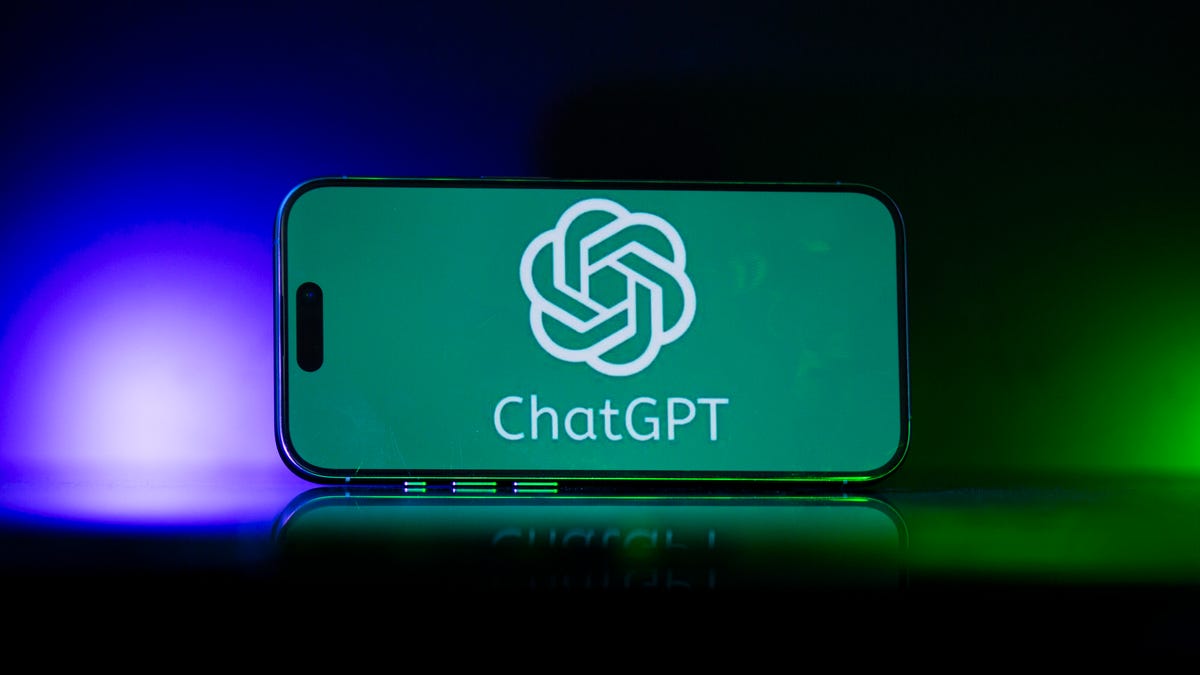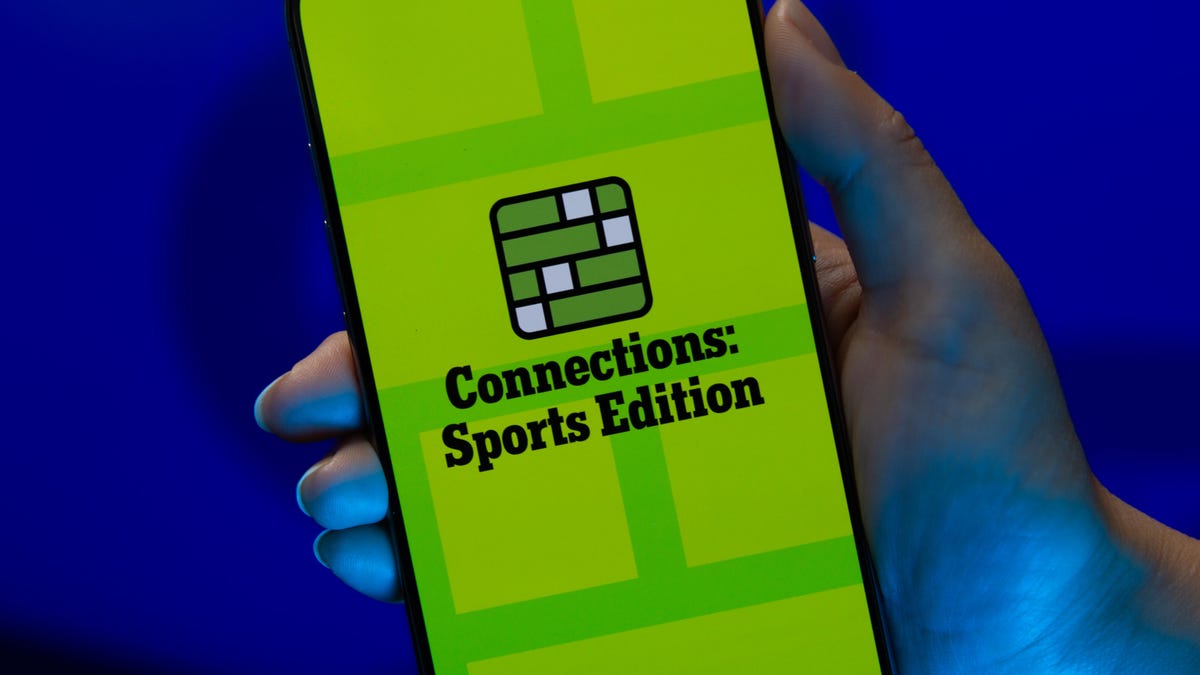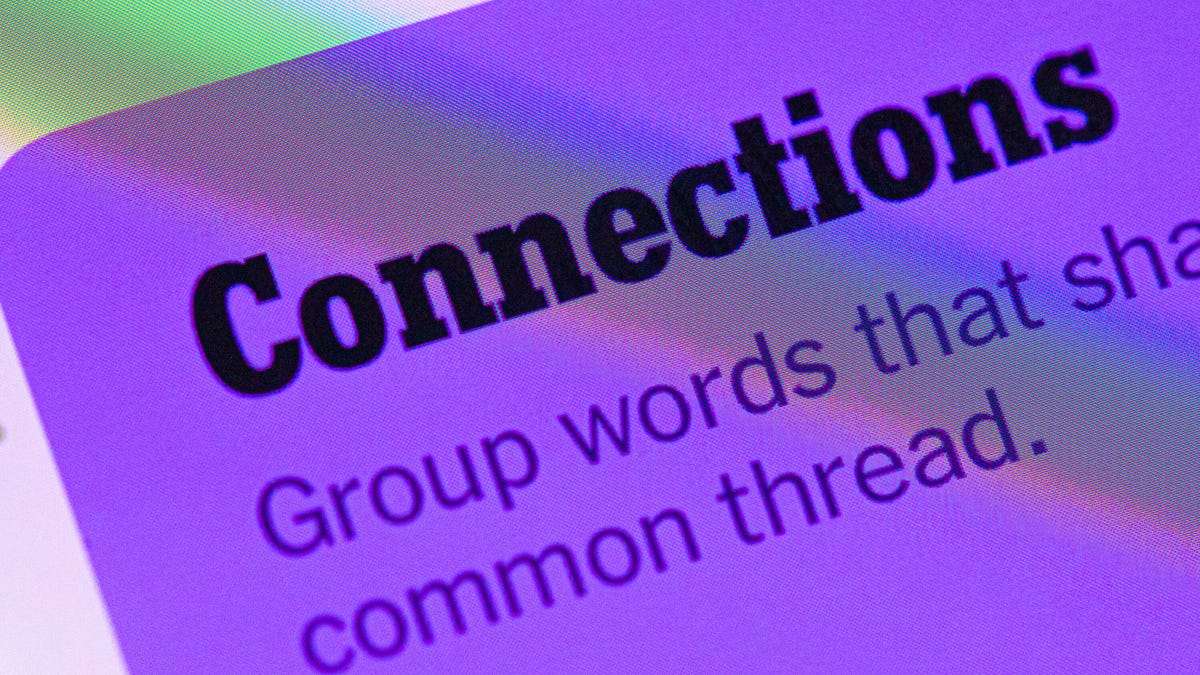Technologies
OpenAI Yanked a ChatGPT Update. Here’s What It Said and Why It Matters
The company says it plans to be more careful when releasing updates in the future.

Recent updates to ChatGPT made the chatbot far too agreeable and OpenAI said Friday it’s taking steps to prevent the issue from happening again.
In a blog post, the company detailed its testing and evaluation process for new models and outlined how the problem with the April 25 update to its GPT-4o model came to be. Essentially, a bunch of changes that individually seemed helpful combined to create a tool that was far too sycophantic and potentially harmful.
How much of a suck-up was it? In some testing earlier this week, we asked about a tendency to be overly sentimental, and ChatGPT laid on the flattery: «Hey, listen up — being sentimental isn’t a weakness; it’s one of your superpowers.» And it was just getting started being fulsome.
«This launch taught us a number of lessons. Even with what we thought were all the right ingredients in place (A/B tests, offline evals, expert reviews), we still missed this important issue,» the company said.
OpenAI rolled back the update this week. To avoid causing new issues, it took about 24 hours to revert the model for everybody.
The concern around sycophancy isn’t just about the enjoyment level of the user experience. It posed a health and safety threat to users that OpenAI’s existing safety checks missed. Any AI model can give questionable advice about topics like mental health but one that is overly flattering can be dangerously deferential or convincing — like whether that investment is a sure thing or how thin you should seek to be.
«One of the biggest lessons is fully recognizing how people have started to use ChatGPT for deeply personal advice — something we didn’t see as much even a year ago,» OpenAI said. «At the time, this wasn’t a primary focus but as AI and society have co-evolved, it’s become clear that we need to treat this use case with great care.»
Sycophantic large language models can reinforce biases and harden beliefs, whether they’re about yourself or others, said Maarten Sap, assistant professor of computer science at Carnegie Mellon University. «[The LLM] can end up emboldening their opinions if these opinions are harmful or if they want to take actions that are harmful to themselves or others.»
(Disclosure: Ziff Davis, CNET’s parent company, in April filed a lawsuit against OpenAI, alleging it infringed on Ziff Davis copyrights in training and operating its AI systems.)
How OpenAI tests models and what’s changing
The company offered some insight into how it tests its models and updates. This was the fifth major update to GPT-4o focused on personality and helpfulness. The changes involved new post-training work or fine-tuning on the existing models, including the rating and evaluation of various responses to prompts to make it more likely to produce those responses that rated more highly.
Prospective model updates are evaluated on their usefulness across a variety of situations, like coding and math, along with specific tests by experts to experience how it behaves in practice. The company also runs safety evaluations to see how it responds to safety, health and other potentially dangerous queries. Finally, OpenAI runs A/B tests with a small number of users to see how it performs in the real world.
The April 25 update performed well in these tests, but some expert testers indicated the personality seemed a bit off. The tests didn’t specifically look at sycophancy, and OpenAI decided to move forward despite the issues raised by testers. Take note, readers: AI companies are in a tail-on-fire hurry, which doesn’t always square well with well thought-out product development.
«Looking back, the qualitative assessments were hinting at something important and we should’ve paid closer attention,» the company said.
Among its takeaways, OpenAI said it needs to treat model behavior issues the same as it would other safety issues — and halt a launch if there are concerns. For some model releases, the company said it would have an opt-in «alpha» phase to get more feedback from users before a broader launch.
Sap said evaluating an LLM based on whether a user likes the response isn’t necessarily going to get you the most honest chatbot. In a recent study, Sap and others found a conflict between the usefulness and truthfulness of a chatbot. He compared it to situations where the truth is not necessarily what people want — think about a car salesperson trying to sell a vehicle.
«The issue here is that they were trusting the users’ thumbs-up/thumbs-down response to the model’s outputs and that has some limitations because people are likely to upvote something that is more sycophantic than others,» he said.
Sap said OpenAI is right to be more critical of quantitative feedback, such as user up/down responses, as they can reinforce biases.
The issue also highlighted the speed at which companies push updates and changes out to existing users, Sap said — an issue that’s not limited to one tech company. «The tech industry has really taken a ‘release it and every user is a beta tester’ approach to things,» he said. Having a process with more testing before updates are pushed to every user can bring these issues to light before they become widespread.
Technologies
Today’s NYT Mini Crossword Answers for Friday, Dec. 26
Here are the answers for The New York Times Mini Crossword for Dec. 26.

Looking for the most recent Mini Crossword answer? Click here for today’s Mini Crossword hints, as well as our daily answers and hints for The New York Times Wordle, Strands, Connections and Connections: Sports Edition puzzles.
Need some help with today’s Mini Crossword? Some of the clues are tough today — I thought maybe 1-Across was referring to the Grinch, or even Oscar the Grouch, but was I ever wrong! Read on for all the answers. And if you could use some hints and guidance for daily solving, check out our Mini Crossword tips.
If you’re looking for today’s Wordle, Connections, Connections: Sports Edition and Strands answers, you can visit CNET’s NYT puzzle hints page.
Read more: Tips and Tricks for Solving The New York Times Mini Crossword
Let’s get to those Mini Crossword clues and answers.
Mini across clues and answers
1A clue: Furry and green, say
Answer: MOSSY
6A clue: State known for its potatoes
Answer: IDAHO
7A clue: Like a faithful friend
Answer: LOYAL
8A clue: Had a beverage
Answer: DRANK
9A clue: Pronoun frequently paired with «her»
Answer: SHE
Mini down clues and answers
1D clue: Not spicy, as salsa
Answer: MILD
2D clue: Reasons for wrinkled noses
Answer: ODORS
3D clue: Words from a doctor checking your tonsils
Answer: SAYAH
4D clue: Comedian Gillis
Answer: SHANE
5D clue: Part of an egg used to make hollandaise sauce
Answer: YOLK
Don’t miss any of our unbiased tech content and lab-based reviews. Add CNET as a preferred Google source.
Technologies
Today’s NYT Connections: Sports Edition Hints and Answers for Dec. 26, #459
Here are hints and the answers for the NYT Connections: Sports Edition puzzle for Dec. 26, No. 459.

Looking for the most recent regular Connections answers? Click here for today’s Connections hints, as well as our daily answers and hints for The New York Times Mini Crossword, Wordle and Strands puzzles.
Today’s Connections: Sports Edition is a tough one. That purple category once again has players looking for a different, but related, hidden word in four of the clues. If you’re struggling with today’s puzzle but still want to solve it, read on for hints and the answers.
Connections: Sports Edition is published by The Athletic, the subscription-based sports journalism site owned by The Times. It doesn’t appear in the NYT Games app, but it does in The Athletic’s own app. Or you can play it for free online.
Read more: NYT Connections: Sports Edition Puzzle Comes Out of Beta
Hints for today’s Connections: Sports Edition groups
Here are four hints for the groupings in today’s Connections: Sports Edition puzzle, ranked from the easiest yellow group to the tough (and sometimes bizarre) purple group.
Yellow group hint: Big Apple jock.
Green group hint: College football fun.
Blue group hint: On the road.
Purple group hint: Hunt down a word in other words.
Answers for today’s Connections: Sports Edition groups
Yellow group: A New York athlete.
Green group: Bowl games.
Blue group: Associated with a team road trip.
Purple group: Ends in a movement verb.
Read more: Wordle Cheat Sheet: Here Are the Most Popular Letters Used in English Words
What are today’s Connections: Sports Edition answers?
The yellow words in today’s Connections
The theme is a New York athlete. The four answers are Islander, Net, Ranger and Yankee.
The green words in today’s Connections
The theme is bowl games. The four answers are Alamo, Gator, Liberty and Pinstripe.
The blue words in today’s Connections
The theme is associated with a team road trip. The four answers are bus, flight, hotel and visiting locker room.
The purple words in today’s Connections
The theme is ends in a movement verb. The four answers are foxtrot (trot), newsprint (sprint), terrace (race) and thunderbolt (bolt).
Don’t miss any of our unbiased tech content and lab-based reviews. Add CNET as a preferred Google source.
Technologies
Today’s NYT Connections Hints, Answers and Help for Dec. 26, #929
Here are some hints and the answers for the NYT Connections puzzle for Dec. 26 #929

Looking for the most recent Connections answers? Click here for today’s Connections hints, as well as our daily answers and hints for The New York Times Mini Crossword, Wordle, Connections: Sports Edition and Strands puzzles.
Today’s NYT Connections puzzle is full of fun pop-culture references. Read on for clues and today’s Connections answers.
The Times has a Connections Bot, like the one for Wordle. Go there after you play to receive a numeric score and to have the program analyze your answers. Players who are registered with the Times Games section can now nerd out by following their progress, including the number of puzzles completed, win rate, number of times they nabbed a perfect score and their win streak.
Read more: Hints, Tips and Strategies to Help You Win at NYT Connections Every Time
Hints for today’s Connections groups
Here are four hints for the groupings in today’s Connections puzzle, ranked from the easiest yellow group to the tough (and sometimes bizarre) purple group.
Yellow group hint: Golden state cliches.
Green group hint: Funny films.
Blue group hint: Rock on.
Purple group hint: Not white.
Answers for today’s Connections groups
Yellow group: California-based character tropes.
Green group: Comedy subgenres.
Blue group: ’70s rock bands.
Purple group: Black ____.
Read more: Wordle Cheat Sheet: Here Are the Most Popular Letters Used in English Words
What are today’s Connections answers?
The yellow words in today’s Connections
The theme is California-based character tropes. The four answers are movie exec, surfer, tech bro and Valley Girl.
The green words in today’s Connections
The theme is comedy subgenres. The four answers are buddy, cringe, screwball and stoner.
The blue words in today’s Connections
The theme is ’70s rock bands. The four answers are America, Chicago, Foreigner and Journey.
The purple words in today’s Connections
The theme is black ____. The four answers are Forest, Friday, Panther and Widow.
Don’t miss any of our unbiased tech content and lab-based reviews. Add CNET as a preferred Google source.
-

 Technologies3 года ago
Technologies3 года agoTech Companies Need to Be Held Accountable for Security, Experts Say
-

 Technologies3 года ago
Technologies3 года agoBest Handheld Game Console in 2023
-

 Technologies3 года ago
Technologies3 года agoTighten Up Your VR Game With the Best Head Straps for Quest 2
-

 Technologies4 года ago
Technologies4 года agoBlack Friday 2021: The best deals on TVs, headphones, kitchenware, and more
-

 Technologies4 года ago
Technologies4 года agoVerum, Wickr and Threema: next generation secured messengers
-

 Technologies4 года ago
Technologies4 года agoGoogle to require vaccinations as Silicon Valley rethinks return-to-office policies
-

 Technologies4 года ago
Technologies4 года agoOlivia Harlan Dekker for Verum Messenger
-

 Technologies4 года ago
Technologies4 года agoiPhone 13 event: How to watch Apple’s big announcement tomorrow
